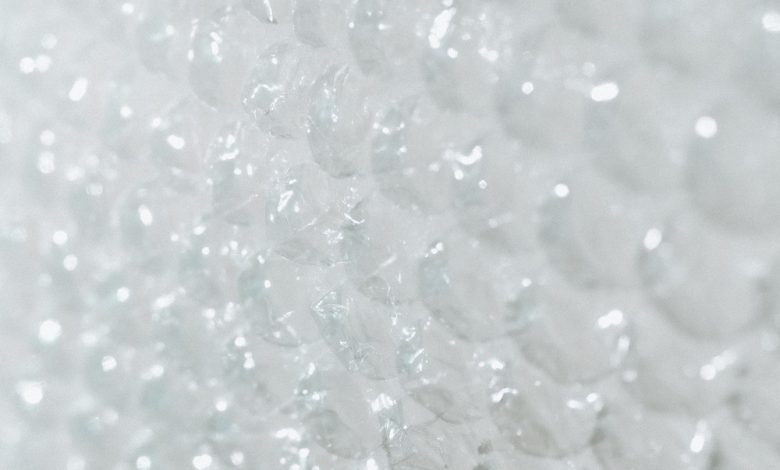Bubble Wraps: Benefits, Drawbacks & Alternatives

To keep the shipments safe, companies, even today, use bubble wrap rolls. These sheets of plastic contain air pockets that keep products safe from road impacts, mishandling, etc.
Bubble wraps are so famous in the shipping industry that they are now available in several variants and sizes. Small bubble wrap rolls, large bubble wraps, bio-degradable bubble wraps and so on.
Like any other protective packaging material, bubble wraps have a list of benefits and some drawbacks.
Advantages of Bubble Wrap Rolls
Works great as protective packaging
The most obvious reason why companies use bubble wrap packaging is its ability to protect the items from any impacts or shocks. While handling the items, workers often drop or knock the cartons. During this, the bubbles act as a protective cushioning. Only the bubbles pop, but the products remain intact.
It is Lightweight
Bubble wraps are among the lightest of packaging supplies in the market. Even with a few layers of a large roll of bubble wraps, they hardly add extra weight to the package. This makes it super convenient to ship items in bulk.
The lesser the overall weight of the items, the lesser is the shipping cost.
It is Very Accessible
Every business cannot afford custom packaging material. Smaller businesses rely on supplies that are easily available in the market. Bubbles wrap come in all shapes and sizes. Thanks to wholesalers like Packaging Midlands, there is no shortage of supply of bubble wrap rolls.
It is Cost-Effective and Versatile
Businesses need a supply of high amounts of packing materials to ship products. And most e-commerce companies look for a way to keep the cost down. Bubble wraps come in rolls at a very affordable price.
Additionally, it can be simply cut with scissors to wrap any goods. It is very malleable, effective for oddly-shaped objects as well.
Disadvantages of Bubble Wrap Rolls
Leaves toxic waste
Earlier bubble wraps were made of plastic polymer films. The material is ecological toxic and takes hundreds of years just to disintegrate.
Due to the high use of plastic that is so difficult to break down, bubble wrap does impact severe environmental issues. It takes up acres of landfills.
However, this problem is being handled by the U.K. Now, alternative compositions are used to make bubble wrap rolls. Brands are using biodegradable bubble wrap rolls made from recycled polythene.
It Has Storing Issues
Bubble wrap rolls come in a bulky formation. This might cause storage issues for small businesses or home-based businesses. Buying bubble wrap rolls wholesale means you need to have a good storage capacity. It can be stored in a cardboard spool at times.
It is A Flammable Material
Bubble wraps are a mix of plastic spheres and oxygen. Thus, it has a tendency to catch fire. If caught on fire the wraps can give off irritating vapours that cause breathing troubles when inhaled.
This problem can be easily managed. It takes 500 degrees of heat to make bubble wrap flammable. Thus, to prevent such occasions, simply store bubble wraps away from switchboards, or fire-risk areas. You can store them somewhere near the automatic sprinklers.
Some Alternatives
Although bubble wraps are indispensable in the shipping industry, there are a few alternatives.
- Packaging Paper- Packing paper is used in many businesses for wrapping items. They are cheaper than bubble wrap. The moving industry uses packing paper in abundance. But packaging paper isn’t as effective as bubble wraps in terms of protective packaging. Its uses are limited to small, non-fragile items.
- Foam Rolls- Foam rolls are used due to their high-performance abrasive foam protection. The foam acts as an insulator and can protect glasses, delicate surfaces, and electronics. But foam rolls are expensive and cannot be affordable to many small businesses.
- Packing Peanuts- Another quite popular protective packaging material is packing peanuts. Though it cannot be used to wrap items, it is effective as a cushioning material against impacts.




